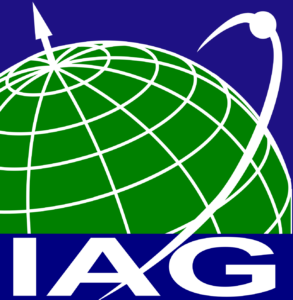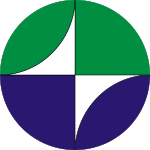SC 2.6: Gravity Inversion and Mass Transport in the Earth System
Chair: Wei Feng (China)
Vice-Chair: Roelof Rietbroek (Netherlands)
Terms of Reference
Spatial and temporal variations of gravity are related to the dynamics of the Earth’s interior, land surface, oceans, cryosphere, and atmosphere. The geoid maps equilibrium dynamic processes in the ocean and in the Earth’s mantle and crust, and large-scale coherent changes in gravity result from mass transports in atmosphere, hydrosphere,cryosphere, and the ocean, and across these. The gravity field, derived from terrestrial and space gravimetry (SLR, CHAMP, GRACE, GOCE, GRACE-FO, NGGM, . . . ) with unprecedented accuracy and resolution, provides a unique opportunity to investigate gravity-solid earth coupling, the structure of the globe from the inner core to the crust, and mass transports such as those associated within the global water cycle. Gravimetry also contributes to a better understanding of the interactions in the Earth system, and to its response to climate change and the anthropogenic fingerprint
Objectives
- To further the understanding of the physics and dynamics of the Earth’s interior, land surface, cryosphere, oceans and atmosphere using gravity and other geodetic and geophysical measurement techniques.
- To promote the study of solid Earth mass (re-)distribution from gravity and gravity gradient tensor variations, e.g. crust thickness, isostatic Moho undulation, mass loadings, basin formation, thermal effects on density, deformations, as well as interactions with the Earth’s interior.
- To advance the investigation of mass transports in the Earth system, and, in particular, to contribute to the understanding of the global water cycle, of the storage of water in cryosphere and hydrosphere, of the fluxes across these sub-systems and the atmosphere, and of sea level.
- To contribute to the operationalization of mass transport monitoring, e.g. for water resource monitoring.
- To aid in reconciling multiple geodetic observations at various spatio-temporal scales for mass transport monitoring and interpretation.
- To stimulate new techniques and potential applications of gravimetry and mass transport monitoring, e.g. quantum gravimeter, optical clock, new satellite gravimetry concept.
- To communicate with gravity-related communities in oceanography, hydrology, cryosphere, solid Earth, geodesy, etc.
Program of Activities
The Sub-commission will establish Working Groups (WG) on relevant topics. The Steering Committee will work closely with members and other IAG commissions and sub-commissions to obtain mutual goals. Also it will promote and jointly sponsor special sessions at IAG Symposia and other workshop/conferences.



